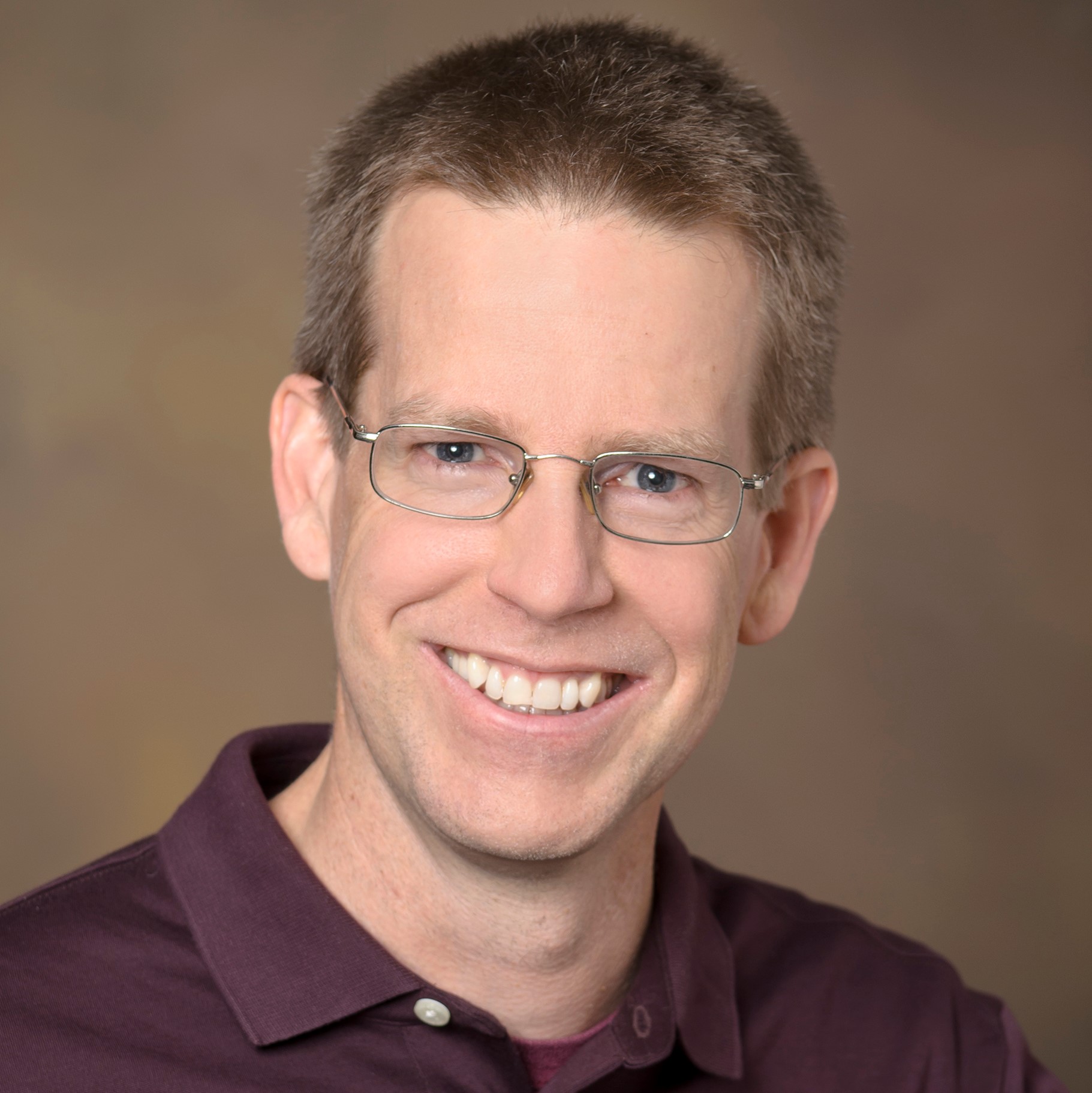Welcome to the latest edition of the semesterly LPL Newsletter.
The last two months have been trying times for the entire world because of the coronavirus, and it has been no different at LPL. We have closed down all three of our buildings, except for essential research, but have managed to keep teaching, conducting business, and writing proposals and papers, but all remotely and online. We have all become very familiar with the Zoom meeting technology. But moving to remote operation has not been the most difficult thing that we’ve dealt with. Professor Adam Showman, whose expertise was in fields as diverse as the atmospheres of extrasolar planets and the interiors of the moons of Jupiter, passed away suddenly in March. However, we have had good news, too, with students graduating, members of the LPL family winning awards, and an LPL-led mission, the Io Volcano Observer, being selected as one of the finalists for the next round of NASA’s Discovery missions.
Please read through and see what has been happening at LPL, and please stay safe and healthy.
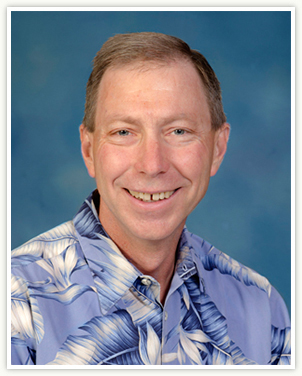
Department Head and Laboratory Director


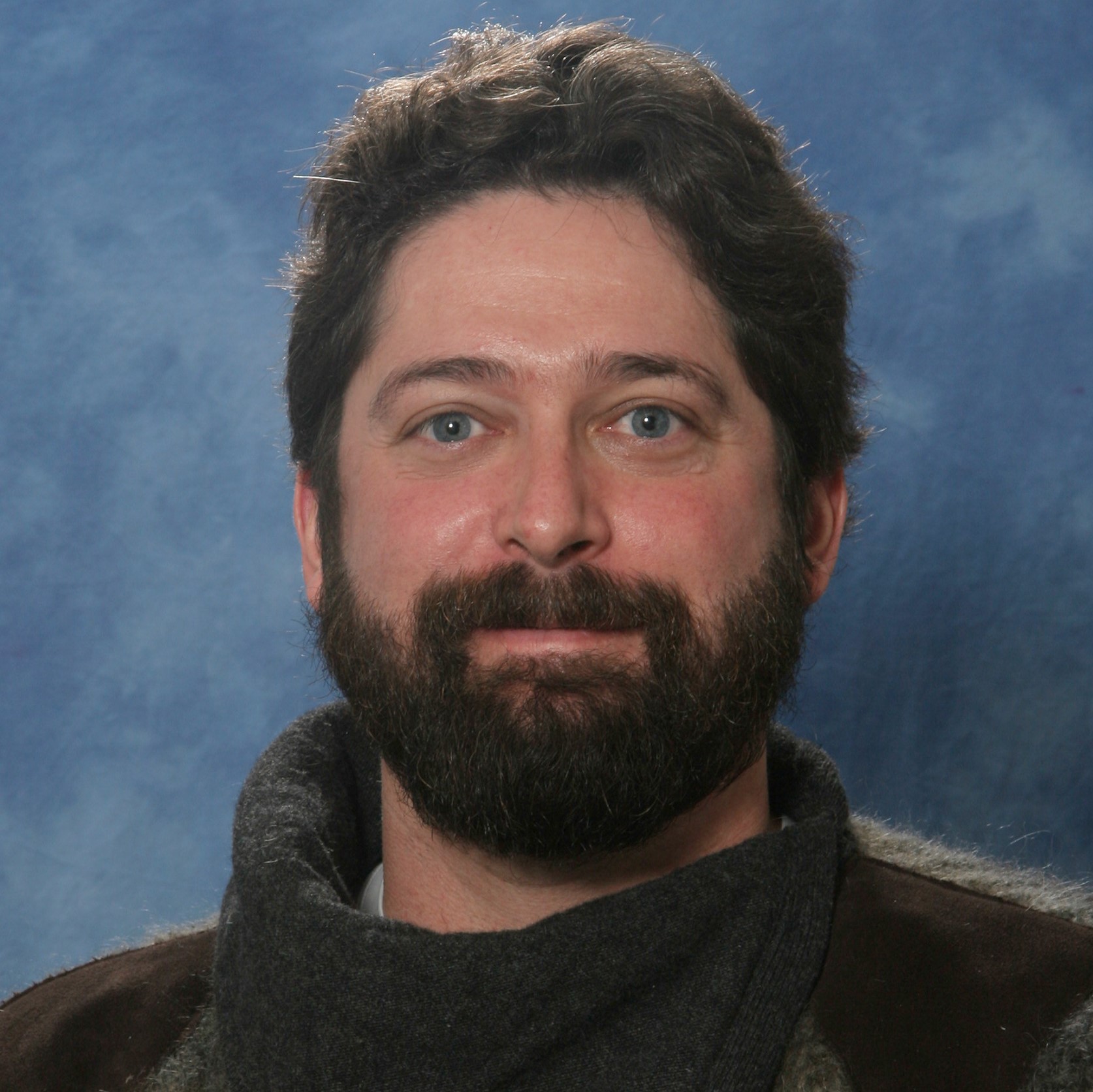 Associate Professor Christopher Hamilton
Associate Professor Christopher Hamilton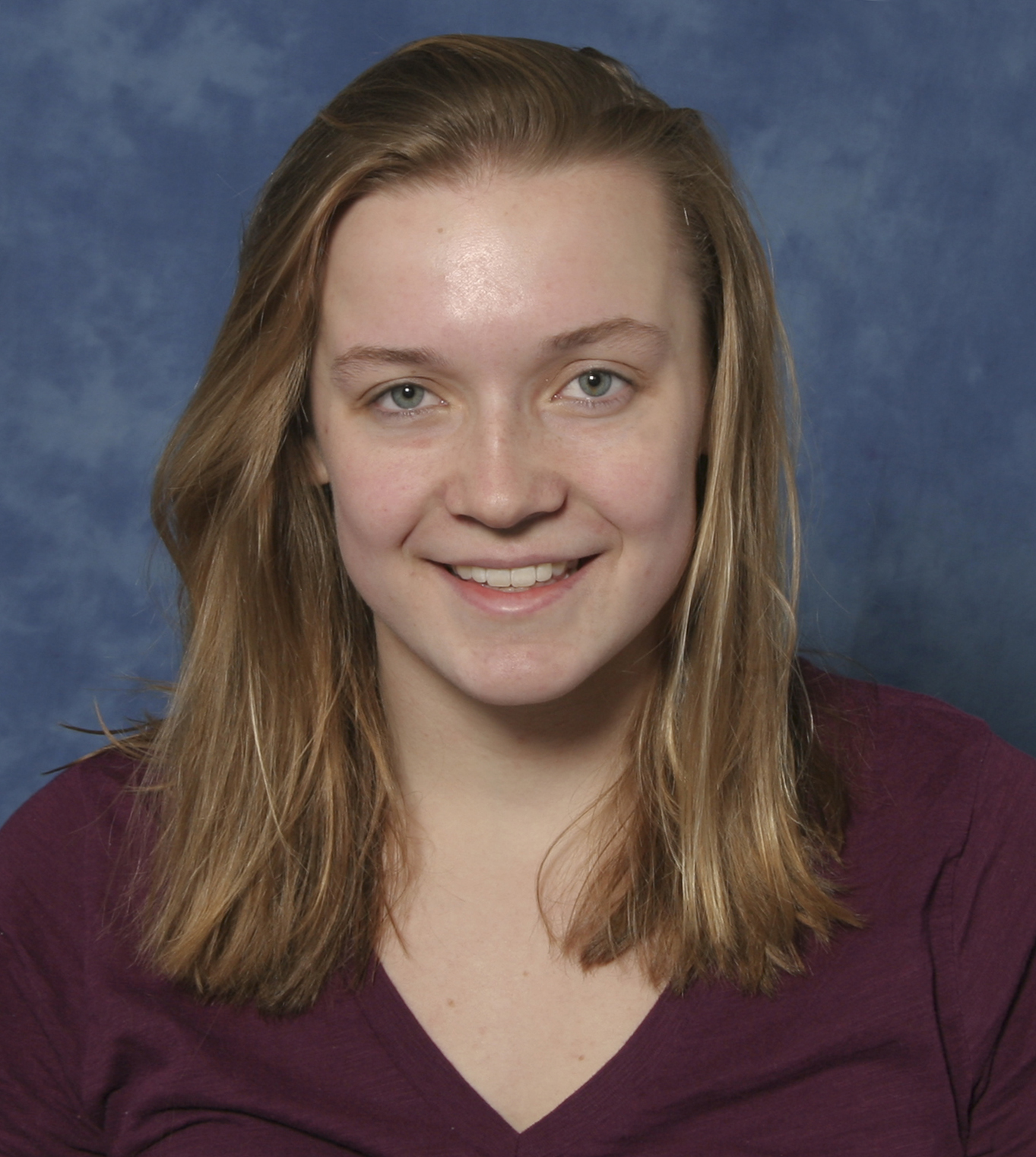 Amanda Stadermann is the recipient of the PTYS Outstanding Graduate Teaching Assistant Award for Fall 2019. Amanda worked with students in
Amanda Stadermann is the recipient of the PTYS Outstanding Graduate Teaching Assistant Award for Fall 2019. Amanda worked with students in 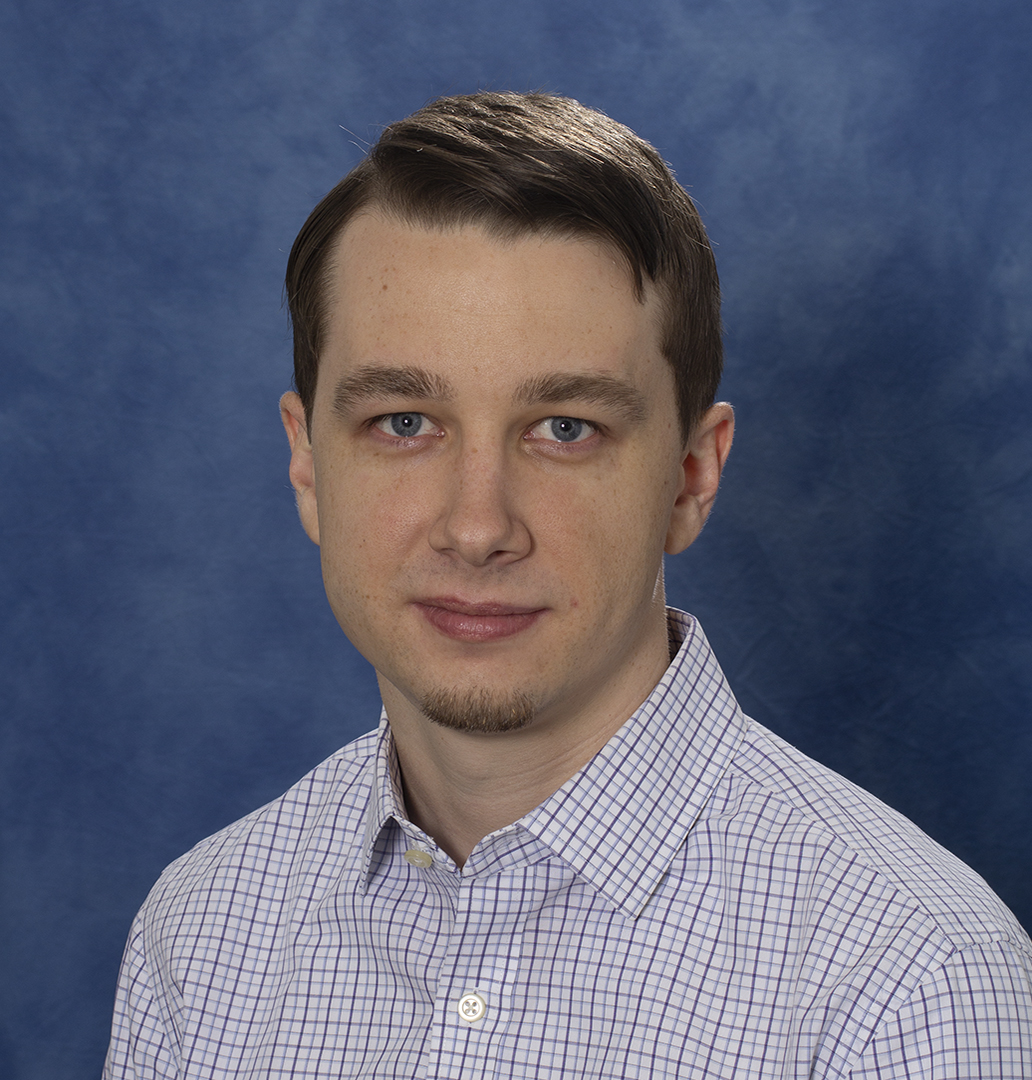 Shane Stone earned the 2020 LPL College of Science Graduate Student Award for his accomplishments throughout an extraordinarily productive and successful graduate career. Shane will complete his degree with at least twelve peer-reviewed publications, including a first-author publication in JGR Planets (
Shane Stone earned the 2020 LPL College of Science Graduate Student Award for his accomplishments throughout an extraordinarily productive and successful graduate career. Shane will complete his degree with at least twelve peer-reviewed publications, including a first-author publication in JGR Planets (
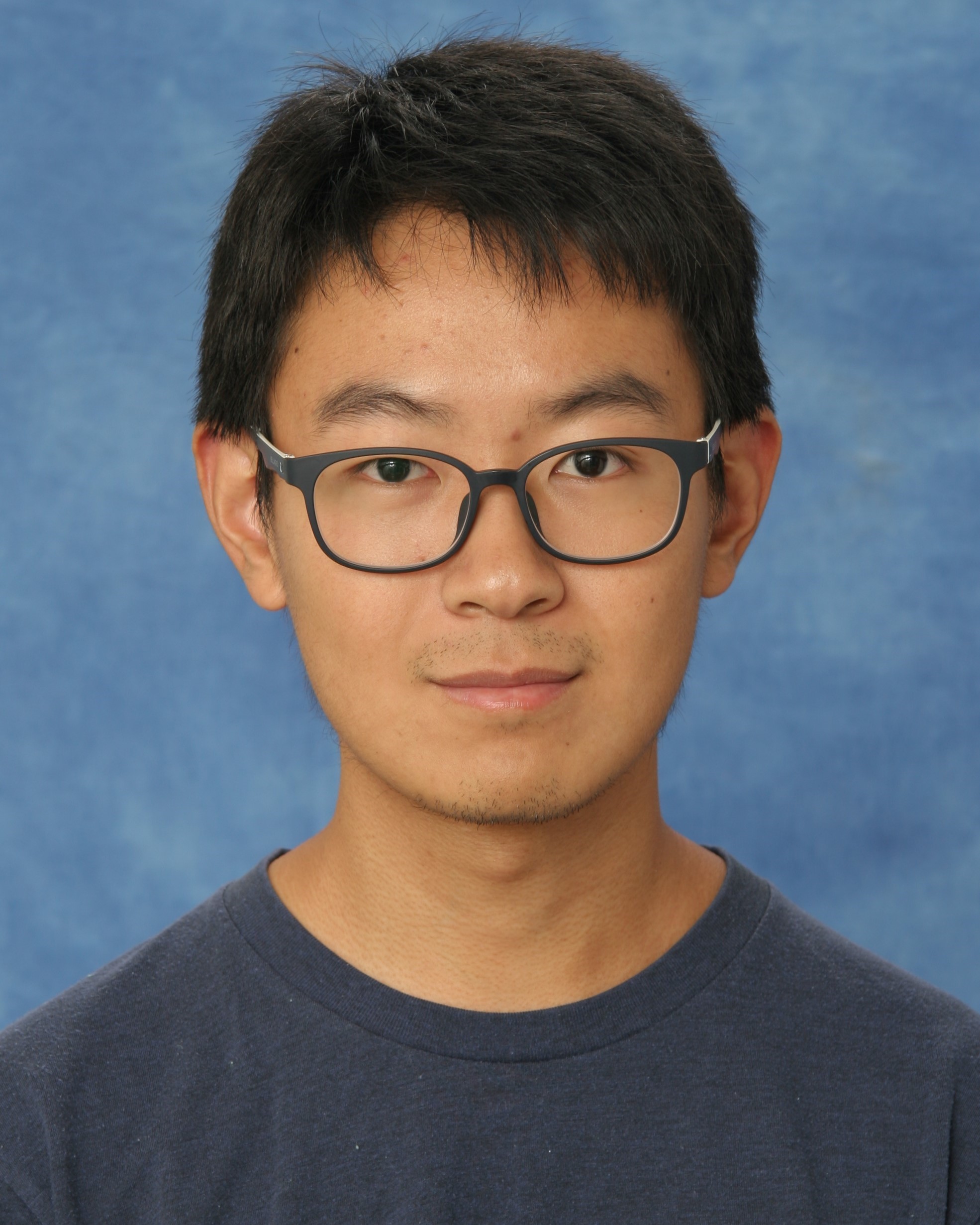
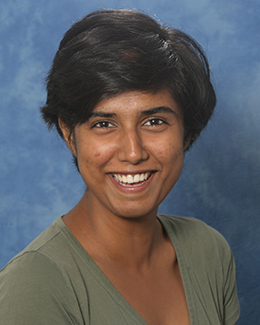
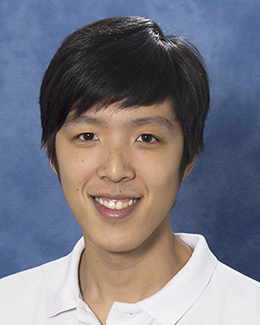
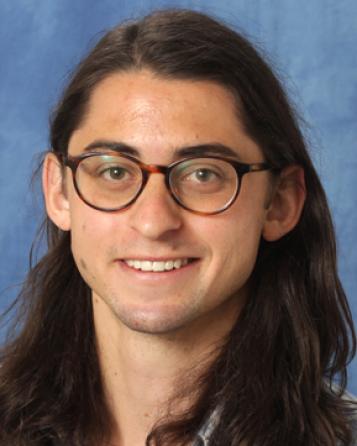
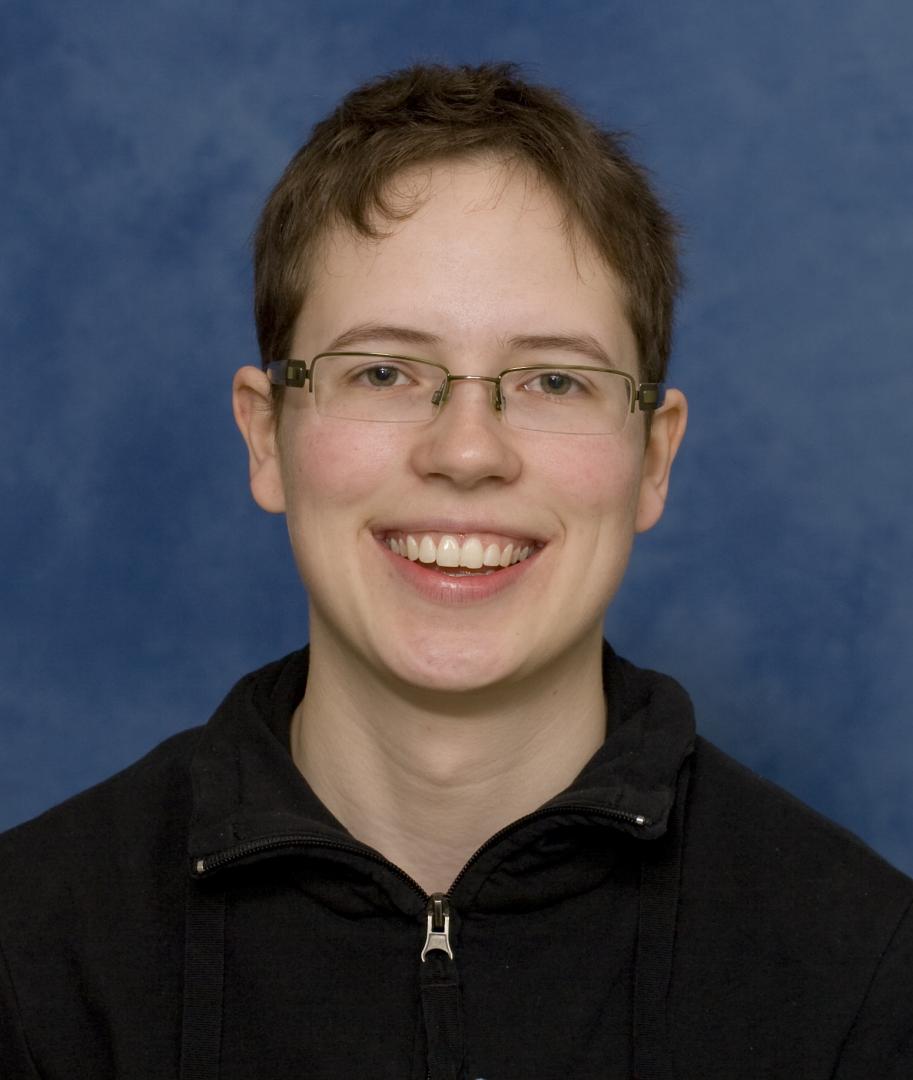
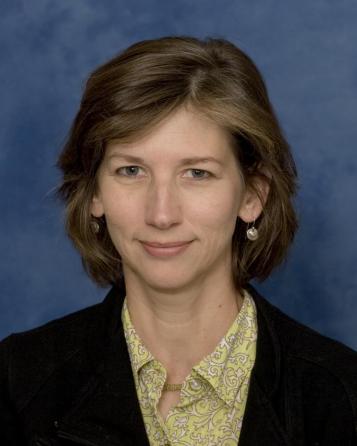
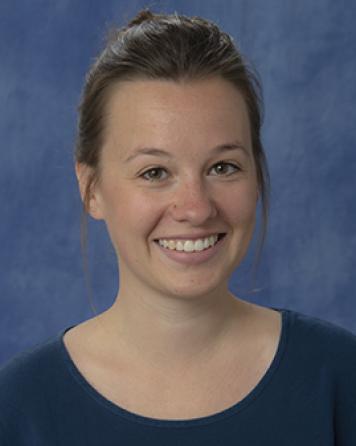
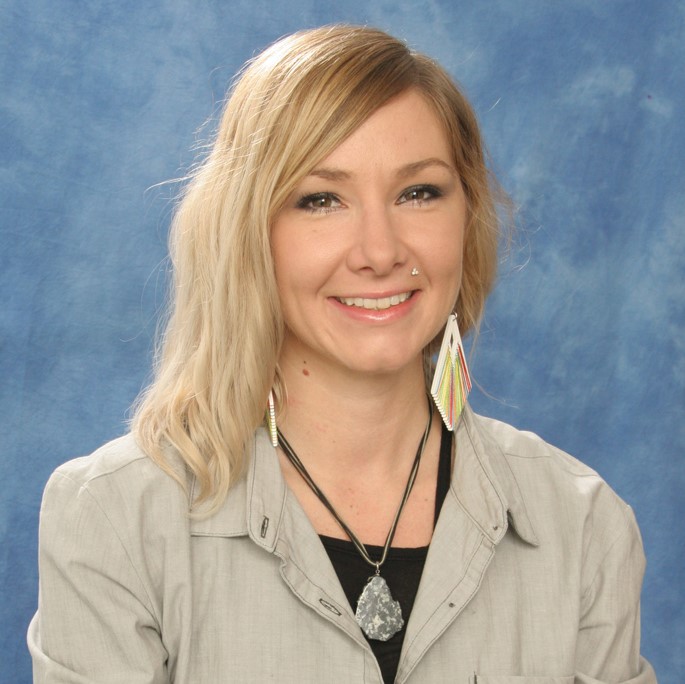 This year's
This year's 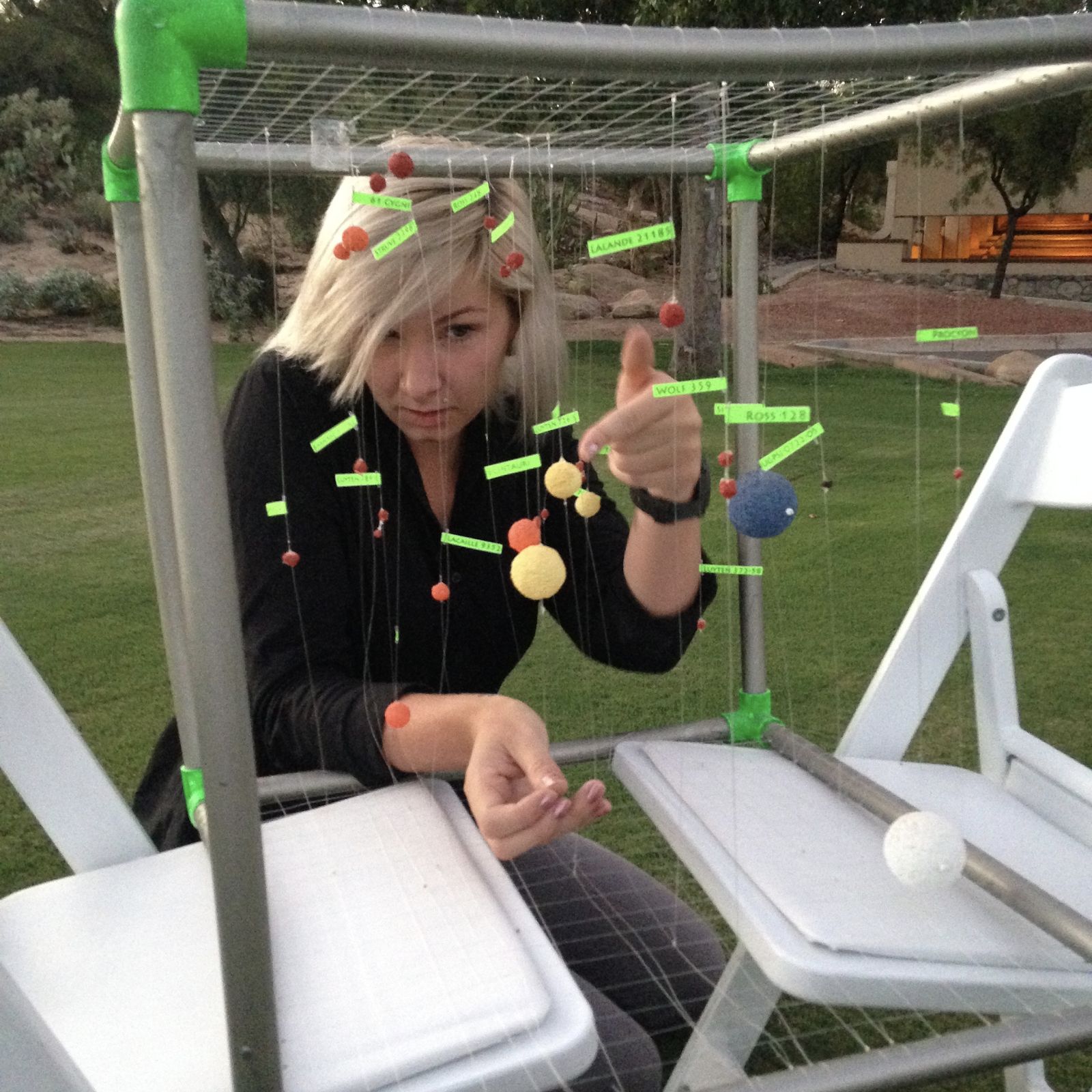
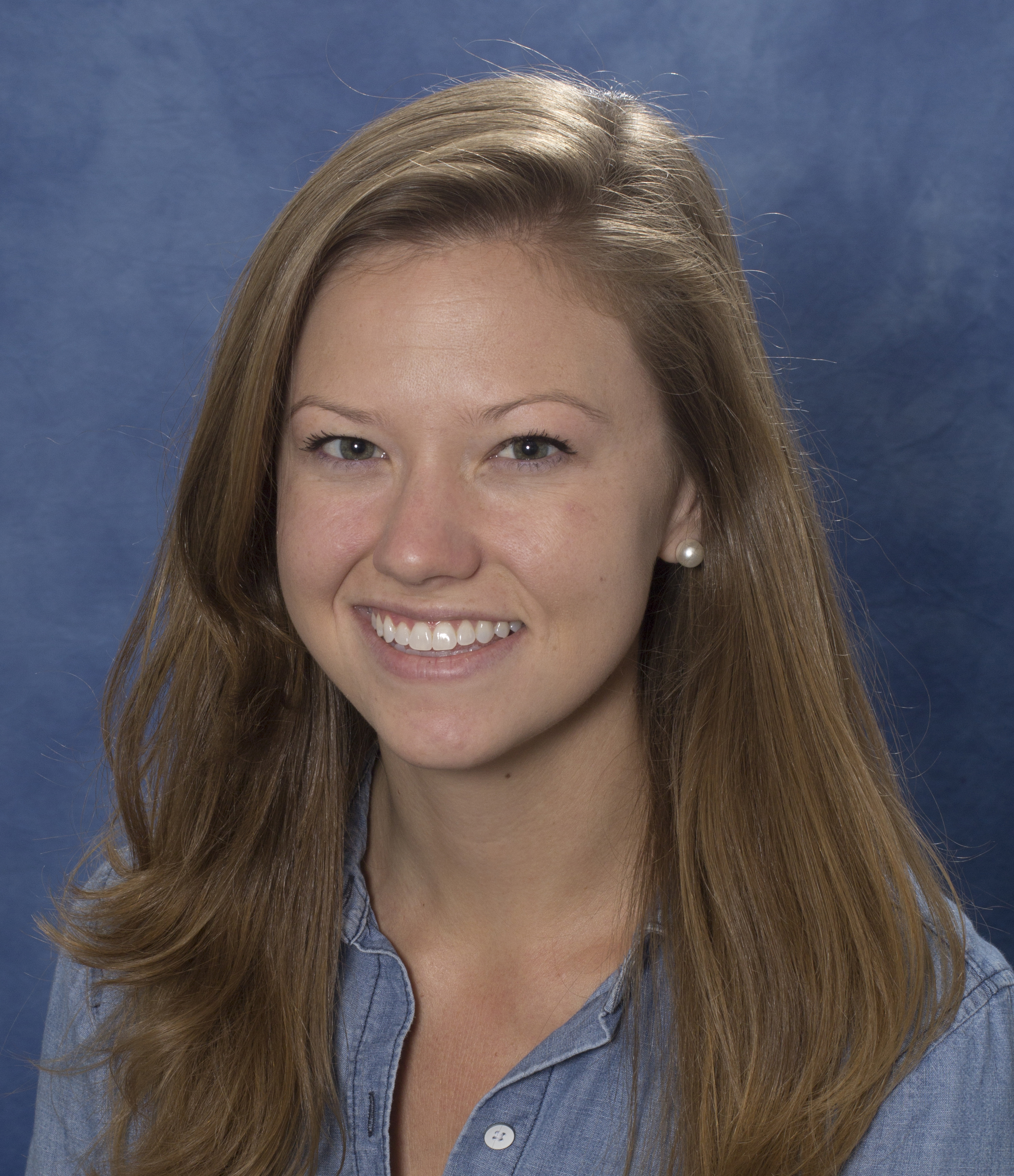 Sarah Peacock
Sarah Peacock